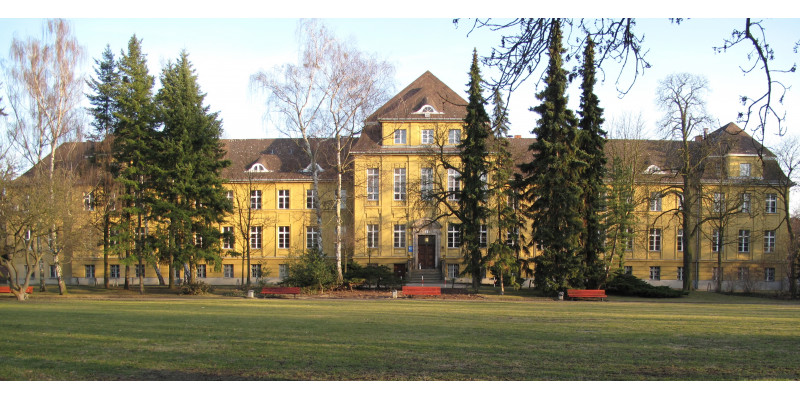Various factors can play a role in determining the influence of the environment on people’s health and well-being. Depending on, for example, age, gender, social situation, ethnicity, phase of life and previous illnesses, there may be increased sensitivity or increased exposure to environmental influences. This is often referred to as increased vulnerability.
Evidence of significant environmental health inequalities across the European region has been presented by WHO in 2012. Environmental risks are found to disproportionally affect socially disadvantaged and vulnerable population groups. Low social status, for example, tends to be more frequently associated with increased exposure to noise and air pollution and decreased access to green spaces. In the field of climate adaptation, the investigation of the vulnerability of urban population groups revealed that the elderly and infants are particularly at risk during extreme heat.
Therefore, vulnerable groups such as children, elderly people, pregnant women, socially deprived persons and people suffering from (chronic) diseases need to be addressed in policy, research and risk communication in the field of environment and health. In the field of environment and health, risk communication poses a particular challenge: Environmentally associated health risks are often complex and multi-causally induced and therefore demanding to communicate. This is particularly true if vulnerable groups are to be reached.
The 2018 ERA-ENVHEALTH open conference is intended to enabling knowledge exchange by discussing the following questions:
- Which population groups can be considered as particularly vulnerable to environmental health impacts and what are the reasons for this?
- How can these vulnerable groups be successfully reached through risk communication?
- Which means of communication and/or public participation (of vulnerable population groups) are used or can be used for this purpose?
- Are there any research projects dealing with a specific approach of vulnerable population groups or with risk communication to reduce vulnerability?
- Are there any policy strategies or programmes aimed at reducing/minimizing vulnerabilities in the population, perhaps even through appropriate risk communication measures?
The conference takes place at the German Environment Agency, Corrensplatz 1, 14195 Berlin.
We are looking forward to seeing you in Berlin!
You will find information about the ERA-ENVHEALTH network here


